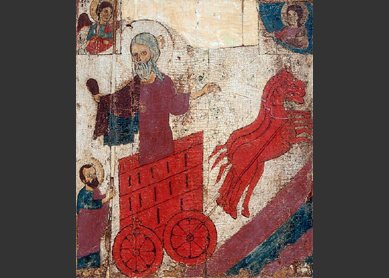In the Gospel of John, Jesus’ ministry begins very dramatically. First, he turns more than 120 gallons of water into the highest quality wine (
But how should we understand Jesus’ actions in the Jerusalem temple? Most English translations of the Bible head this story with the title “The Cleansing of the Temple.” And might there be a negative slant to Jesus’ actions in the temple that may suggest a cursing of the temple?
Both of these common interpretations—cleansing or cursing—miss some of the key literary aspects of Jesus’ actions in the Jerusalem temple and put the focus of Jesus’ actions on the temple and not on Jesus himself. To speak of Jesus as either cleansing the temple (ridding it of elements that make it tainted or unclean) or cursing the Temple (condemning what is going on in the Temple) take the focus away from the role of this story as the opening public act of Jesus’ ministry in John. Neither cleansing nor cursing is the correct category for this story. A better way to name this story is “Jesus Demonstrates That He Is a Prophet.”
By going to the Jerusalem temple and disrupting the practices that were necessary for the celebration of Passover, Jesus places himself in a long line of Israel’s prophets who go to Jerusalem, the center of religious and political power, and announce and enact the word of God. Jeremiah, for example, repeatedly stood in the gates and outer courtyard of the temple (where Jesus is in the Gospel of John) and speaks a disruptive word of God (for example,
Immediately after this temple story, Jesus enters into conversation with Nicodemus, a Pharisee and one of the leaders of the Jerusalem religious establishment. Nicodemus, too, recognizes that Jesus stands in the tradition of earlier prophets when he says, “No one can do these signs that you do apart from the presence of God” (
Thus, when we focus our attention on whether Jesus is cleansing or cursing the temple with his actions in this story, we overlook the real purpose of this event—to demonstrate boldly that there is a new prophet in town. Jesus takes for himself the role that Jeremiah, Ezekiel, Isaiah, and others had played—the prophet, who speaks the word of God into the current situation.



